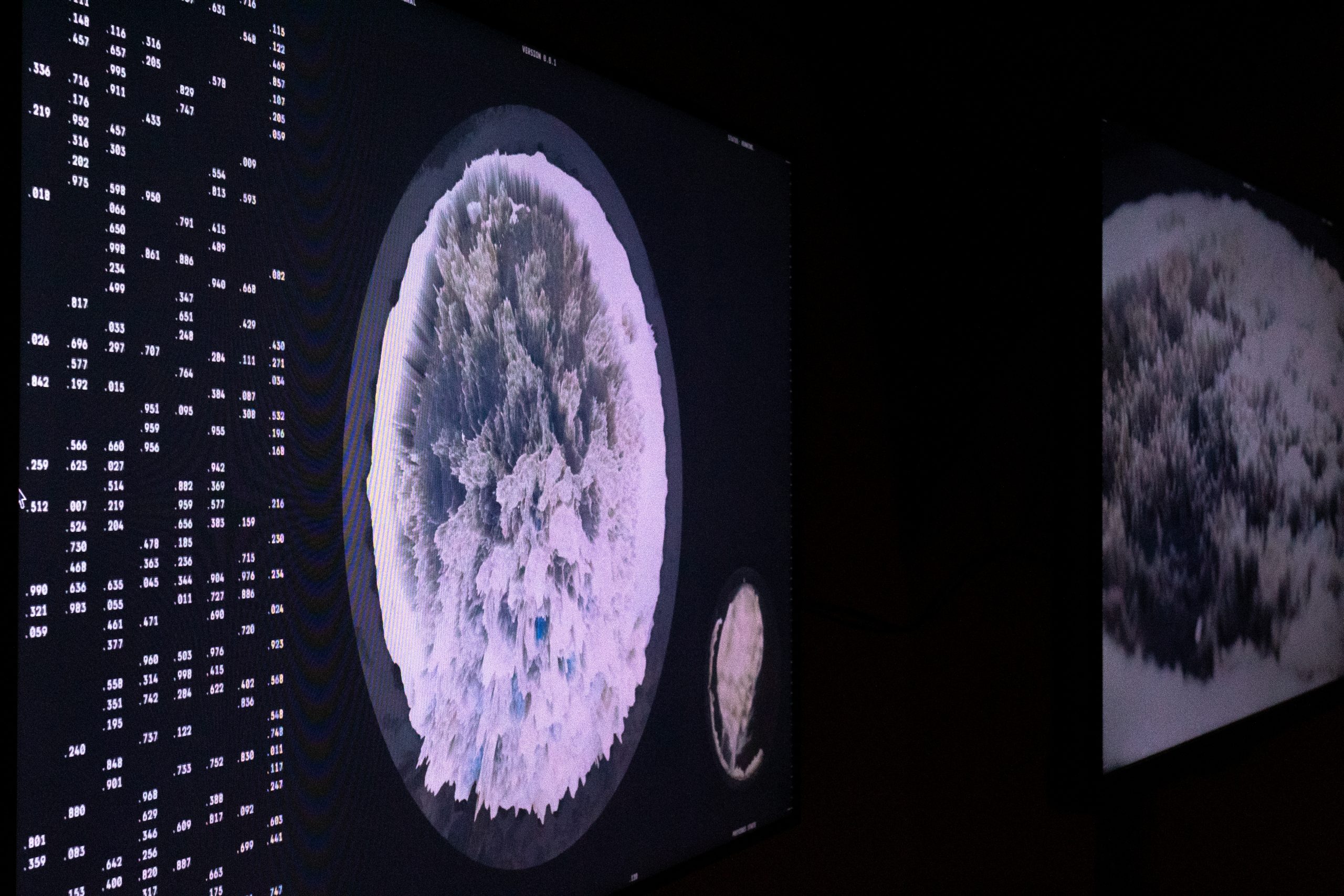Interview by Giulia Ottavia Frattini
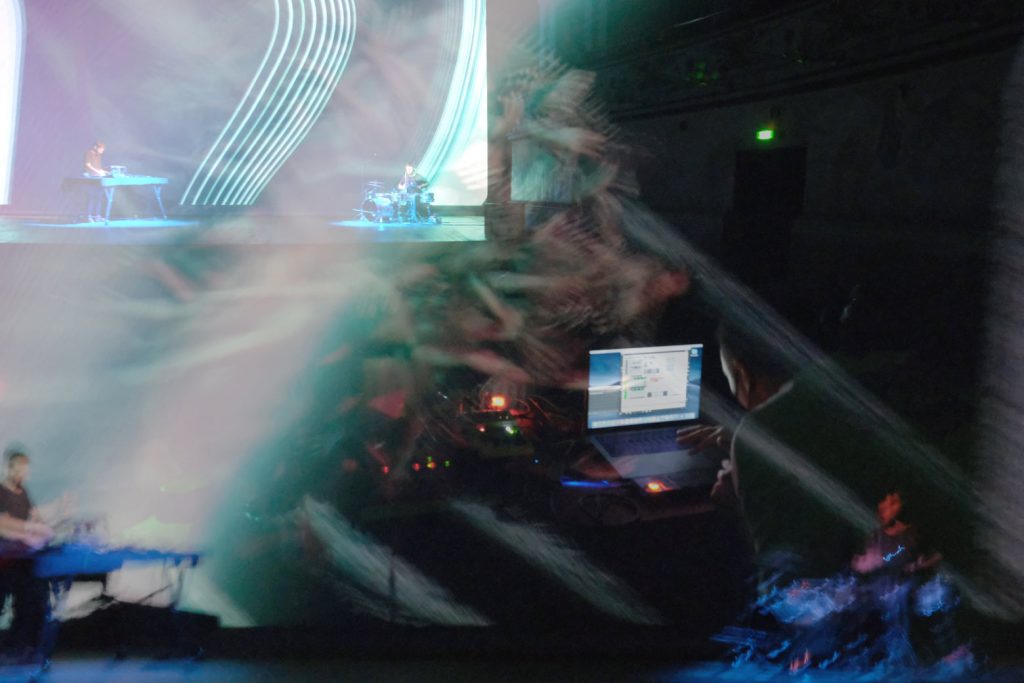
A thoughtful kick to dystopian speculations that place human and artificial realms in opposition and even in conflict seems to lie at the heart of the creative drive of Filippo Rosati, founder of Umanesimo Artificiale. The engagement towards a future of increased mutual comprehension and enduring coexistence between man, nature and machine fuels, in fact, the projects brought to light by this expanded collective. A vision that is far from being purely imaginary, but on the contrary, based on tangible experimentations and studies aimed to shape innovative initiatives that link art, science and technology.
Umanesimo Artificiale started out as a non-profit cultural organisation that has enriched its portfolio of collaborators or contributors for four years by becoming a living network of people and ideas. Therefore, the emerging community feeding the organisation is not precisely geolocated but rather exists and unfolds in the immense landscape of the Internet.
The intent to raise awareness of a feasible and fruitful dialogue between artificial and human intelligence is the cornerstone of several projects led and hosted by Umanesimo Artificiale. Artists, designers, coders, and scientists combine the knowledge belonging to their domains to achieve, through multi-disciplinary research, a profitable exchange for a present with a hybrid and fluid character. This tension is also reflected in the inclination of the founder Filippo Rosati who, in an endeavour to pool several voices and open up to contamination from several fields of interest, seeks to create a constellation of meaning not necessarily linked to the specificity of a single subject.
The assumption that a dialogue with the machine is made possible through a communicative interaction consisting of the interplay and mingling of human and non-human languages also appears to be one of the founding elements of the project itself. From this consideration stems the question about the responsibility of those who write the algorithms, which are now part of our shared heritage and undeniably inscribe our reality.
The acceptance that technology permeates our lives is therefore not seen as a passive activity with a disturbing connotation but as a potential for society as a whole, which through its technological development, is brought to acknowledge its stance better. A keen appetite for discovery, a lively curiosity and an enthusiasm for the challenges guide the upcoming projects of Umanesimo Artificiale, which plans to operate more and more as a platform for unrestricted access and fruition.
Its agenda, therefore, welcomes different forms of cooperation, whether with an environmental bent, as in the case of his latest participation in Ars Electronica 2021 through the presentation of three focused events or with unexpected links to bio-design and scientific data realm. Hardly labelled, and perhaps unnecessarily so, Umanesimo Artificiale is a stage of interchange where the process holds the same crucial value as the outcome.
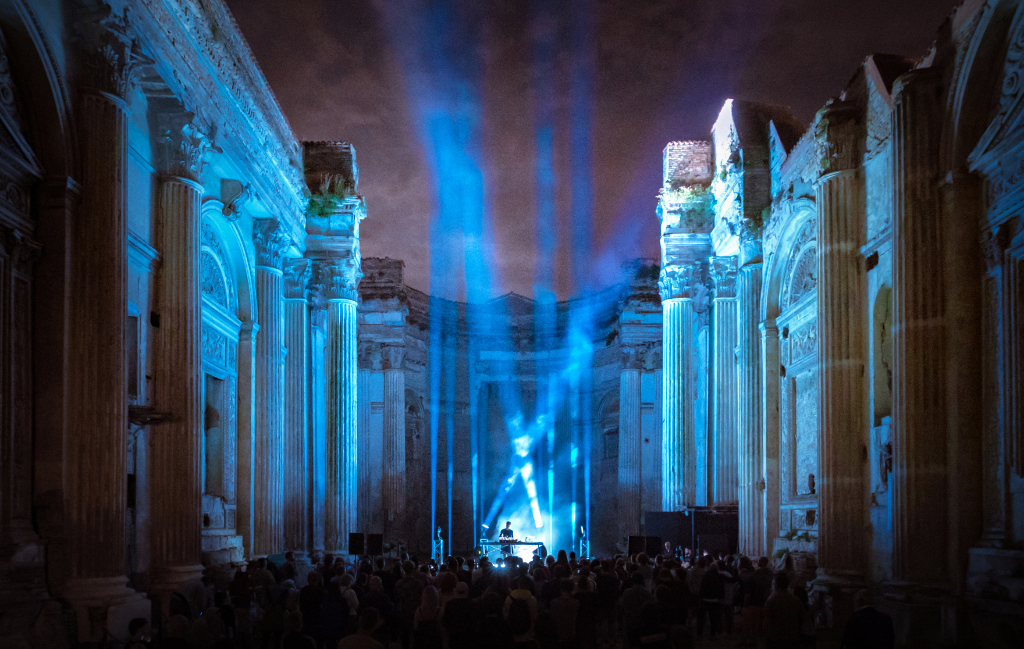
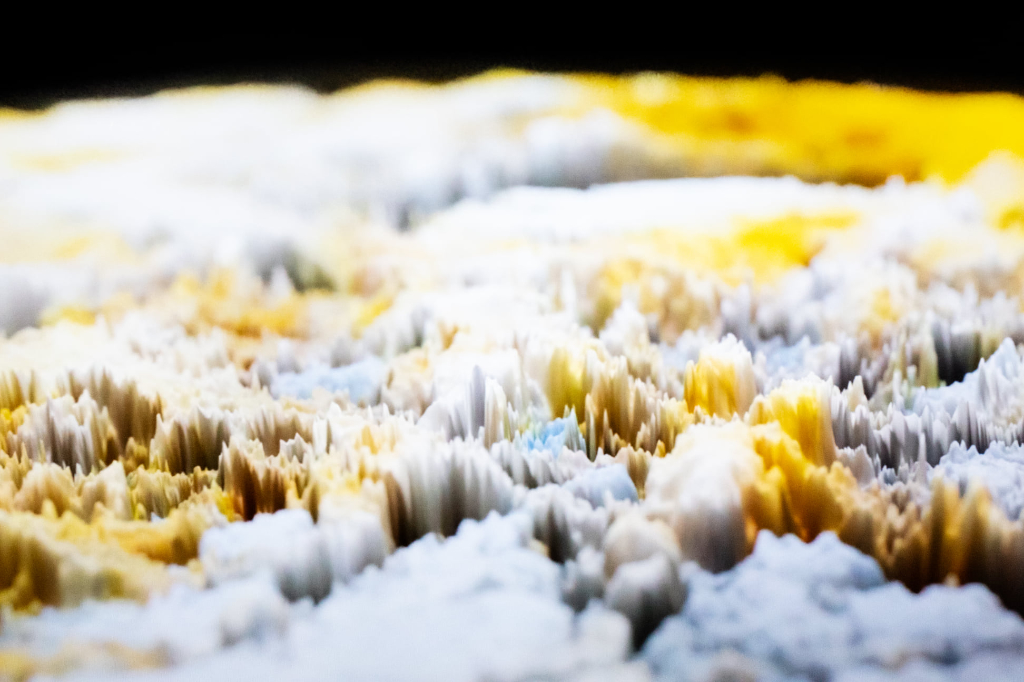
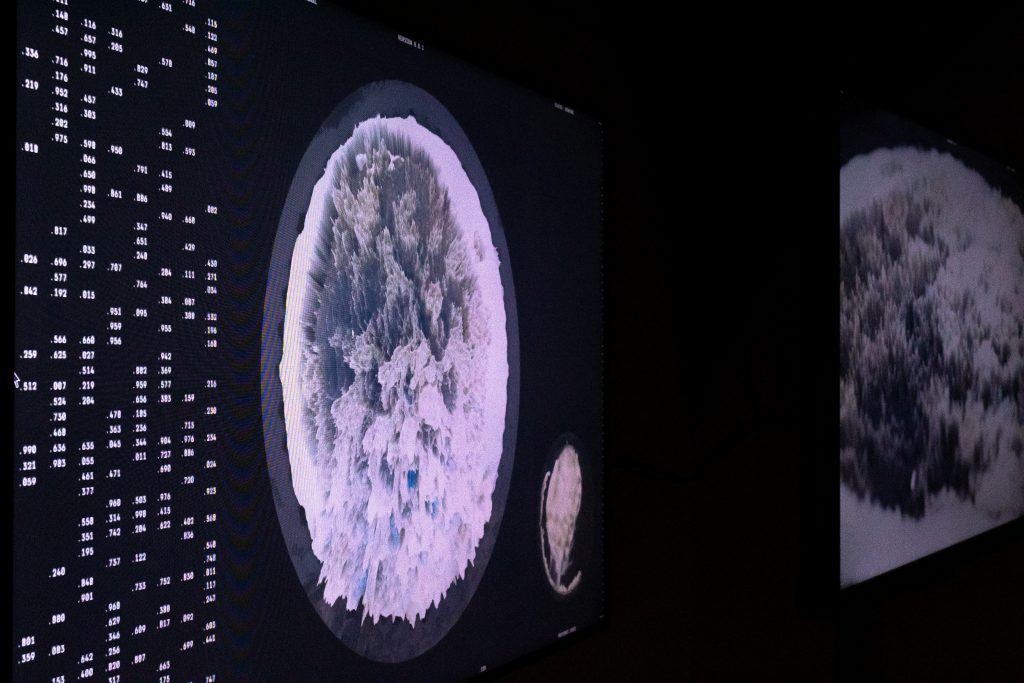
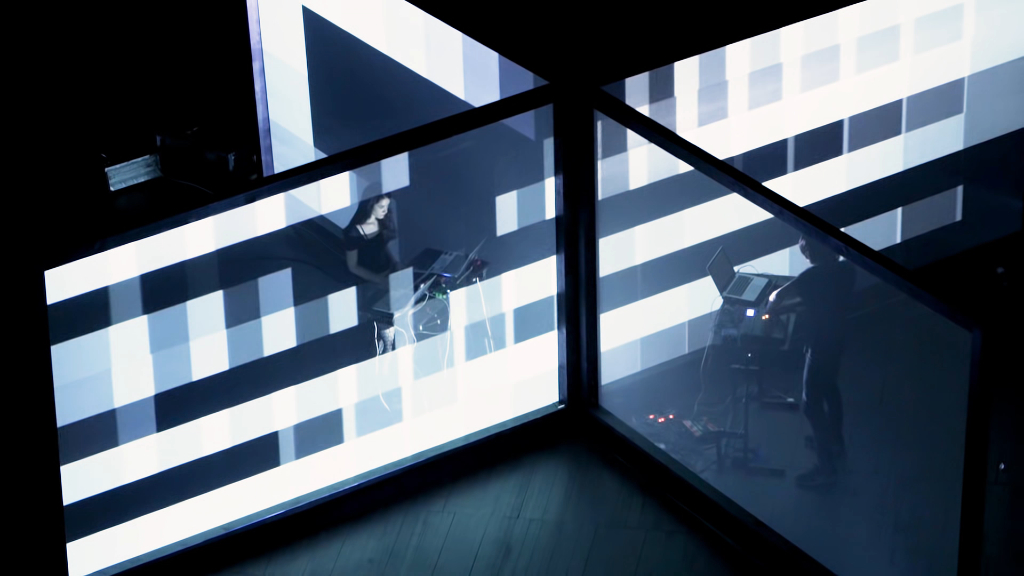
Would you like to introduce the people behind Umanesimo Artificiale and give us an overview of how the initiative came about and its core values?
Umanesimo Artificiale has registered officially nearly 4 years ago when I came back to Italy after a long period of living abroad. The ideas and the philosophy behind Umanesimo Artificiale have been in my mind for over a decade at least, but I’ve never had the occasion to sit down and properly shape an organisation. It was born mainly for two reasons: first because when I moved back to Fano, my hometown, a relatively small city, after 14 years of living in Europe and Asia, I realised that if I didn’t start something on my own, I would have gone mad here.
Second, I came back to co-found an artificial intelligence startup. The startup is business-oriented, so I needed a more speculative platform for asking those questions and trying to tackle those issues related to artificial intelligence and new technologies that you can’t ask or tackle in a startup focused on building and delivering a product to the market. I felt the art world, or specifically, the art, science and technology world, was the right platform to explore these issues, and thus I started Umanesimo Artificiale as a non-profit cultural organisation.
From day one, being based in Fano, a town of 60.000 inhabitants, it was crucial to be global and reach beyond the walls of the city, or the province, or even the region. Immediately Umanesimo Artificiale became a network of like-minded artists and creative coders living anywhere in the world. For the first couple of years – and some still don’t today – people didn’t know where Umanesimo Artificiale was actually based. They always ask where our office is, and I always say “the internet” because up until today, I’m the only one based in Fano. We have our friends here, our little community, but the people that are part of Umanesimo Artificiale from day one or those who come to our events and workshops are not from Fano nor are they based in Fano.
We started as an artist platform. However, we are slowly moving towards a studio and multidisciplinary research practice because of the projects we are working on, the projects they commission us and the relationship we are building with artists and designers, which are stronger and more durable.
However, our core values are still the same: trying to create a more fertile relationship between humans and machines with our activities and exploring a common understanding between human intelligence and artificial intelligence with our projects. Therefore, almost any project we initiate, any event we produce, or any workshop we teach has a strong component of coding and software development.
Especially through our events, we try to invite international artists that have built their own instrument or that have a unique relationship with the technology, whether it is Robert Henke (inventor of Ableton) that performs with his custom-made lasers and software or Nonotak with their unique approach to audio and video programmed in Touchdesigner or Caterina Barbieri and her modular synthesisers. We also promote a lot of events and workshops on the practice of live coding because it is a particular way to dialogue with the machine in pure machine language (code) rather than mediated by a physical or digital interface.
Also, live-coding performances are mostly done by writing line after line: you write something, hear out how it sounds, then tweak, hear back etc. So it’s similar to a conversation you would have with a human where I say something, you say something, I hear what you say, and I reply to what you are saying. We are not against the algorithms. We don’t believe technology is evil. On the contrary, we try to promote and advocate for a sane use of technology and a more critical development of new software, starting from a critical perspective of what makes us human and technology intelligent.
Your name brings together two concepts that appear to be a dichotomy: human and artifice. What is your position in this regard, and how do you navigate within these increasingly blurred and questionable boundaries?
What attracts me to artificial intelligence is not (only) the potential AI have to build smart products that are going to make our life easier, but mostly how – by interacting with an artificially intelligent agent – we, as human beings, are going to learn more about ourself, as individuals and as part of society. We live in a world where technology is very pervasive in our life, whether we choose it or not. Thus we humans have to understand who we are, what we want, and our strengths and weaknesses. The leading question of Umanesimo Artificiale is, “what does it mean to be human in the era of artificial intelligence”. By reflecting on this question, we will understand where we fit in this technological acceleration. It’s not about men VS machines or the Terminator that destroys humanity; let’s leave this to the dystopias of Hollywood! It’s about thinking about what future we want to co-habit with other artificial agents.
What are the primary theoretical, political or artistic influences, philosophical positions and cultural phenomena by which you mainly draw inspiration or which, on the contrary, you aim to question and eventually overtake through your work?
This is always a tricky question for me because I read a lot on various topics daily. It’s hard for me to stick to one idea, phenomenon, theory or book, whether it is architecture, the latest article on Nature, the future of cities or academic papers from a conference on artificial intelligence. Most of the time, a project is a contextualised patchwork of inspirations. It sounds chaotic, but the fun part is to navigate the chaos and find meaning in everything we put out. Rather than being a specialist in one field, I am a super generalist. I like to connect the dots more than dive deep into one topic.
Probably the one constant in Umanesimo Artificiale ever-changing universe is my love and admiration for the MIT Media Lab and its philosophy of “antidisciplinary”.
I always try to dig into the process of things, how a building is made or how a science experiment is conducted. We also try to do this at Umanesimo Artificiale: always show your process! It’s a way for the researcher and the artist to think through his/her/its work and phrase it to be understood by a broader audience. I am very schizophrenic in this realm; that’s also why I chose to work with artists rather than pursue an artistic career myself. I believe there is a sort of “art” in running something like Umanesimo Artificiale (or maybe I just like to think that), but this “art” is to make sense of the chaos and connect thoughts, ideas, people and techniques to create something new and meaningful.
What do you think is most urgently needed to be debated in our present time concerning the technological impact on our social sphere?
Right now, I believe one of the most pressing issues in technology is to question, “who is writing the algorithms that we are using every day?;” “Who is writing the algorithms that we are going to use tomorrow?” But, again, this is an ethical issue, especially related to artificial intelligence, which I don’t feel has been addressed or is not being appropriately addressed.
What are you working on at the moment, and in which direction do you envision your work heading or evolving?
I like many diverse things, and I need to be stimulated by always new challenges. Eventually, we will work on anything interesting we find to explore or any cool project artists and scientists propose to us that aligns with our philosophy and values. [Please reach out! We are always hungry for talents, learning about new projects and new research. We always reply to every email we receive! :)]
However, these weeks, I am trying to plan for a series of activities we are working on that will keep us busy for the next three years at least. They revolve around three main areas: artificial intelligence, biodesign and the aesthetics of science and scientific data.
We need science now more than ever, and we need to communicate scientific research properly and to a wider audience. Both science and art seek to understand the world around us and to lead society to recognise and solve problems; they do it by using different languages. Therefore, it is necessary to create more opportunities for collaboration between artists and scientists and place scientific research and artistic research on the same level.
Regarding Ars Electronica 2021, would you like to share how you participated? How did your projects interact with the whole initiative, and who were the involved artists?
At the beginning of this year, we worked on a series of projects that were – and are – very “Ars Electronica projects”, so we reached out to them. For obvious Covid-related reasons, Ars Electronica, since last year, has started a hybrid and diffuse program, giving a chance to their partners to organise local “AE gardens”.
This was a unique opportunity for us because, in addition to presenting globally our projects on the Ars Electronica platform, we could also host an Ars Electronica garden in Fano to reach out to our local community. We were glad the team at Ars Electronica liked our projects. We thank Sineglossa, who partnered with us in this journey and organised the garden in Bologna at “Le Serre dei Giardini Margherita”. The theme of our garden was “Data Tour D’Italie”, and Umanesimo Artificiale presented three projects in collaboration with several Italian research centres and academics:
Un suono in estinzione is an art & science project by Neunau in collaboration with Umanesimo Artificiale to monitor climate change implications on alpine glaciers through artistic exploration. Through the installation of bioacoustics recording devices, the artists will monitor the changes from inside the Adamello glacier in Italy throughout the seasons. The project is a 3-5 years research project and has a scientific committee of 6 of the best professors and experts of the Adamello glacier.
Un millesimo di millimetro speculates about a near-future where microplastics are so pervasive in the oceans that they become part of the evolution of marine microorganisms. The project was developed by Giovanni Muzio and Umanesimo Artificiale in collaboration with IRBIM (Institute for Biological Resources and Marine Biotechnologies), a department of CNR (the Italian National Research Center).
Entu is a sci-art project by Emanuele Balia, Fabrizio Casti and Sandro Mungianu in collaboration with Umanesimo Artificiale and EIA Factory: Exploring Artificial Intelligence in Art, a research center from Sardinia. Researchers and artists will collaborate to return open data in the form of music, images and words through the use of AI algorithms to offer a highly perceptive, visual and sound return of the effect that pollution and development, understood as pressure anthropogenic, have on the wind, rain and the environment.
Your focus for Ars Electronica 2021 was primarily environmental. How did the engagement in this domain benefit from such a summit, and what were your expectations?
I didn’t have particular expectations regarding the environmental issues and climate change domain per se, but rather for the single projects that fit into the overall theme of Ars Electronica and the rest of the projects/gardens. The response was good; the response to our physical garden in Fano was good.
We made good contacts with like-minded people, which is the spirit of a platform like Ars Electronica. To return to the previous question, environmental sustainability and climate change are topics where art and science should collaborate more because it would be a win-win situation for both fields. Also, this was our first year participating, so I honestly didn’t know what to expect. It was sort of new for us too, some good trial and error for next year, hopefully.
What is your chief enemy of creativity?
People constantly asking “why” you do something.
You couldn’t live without…
Internet hyperlinks.

